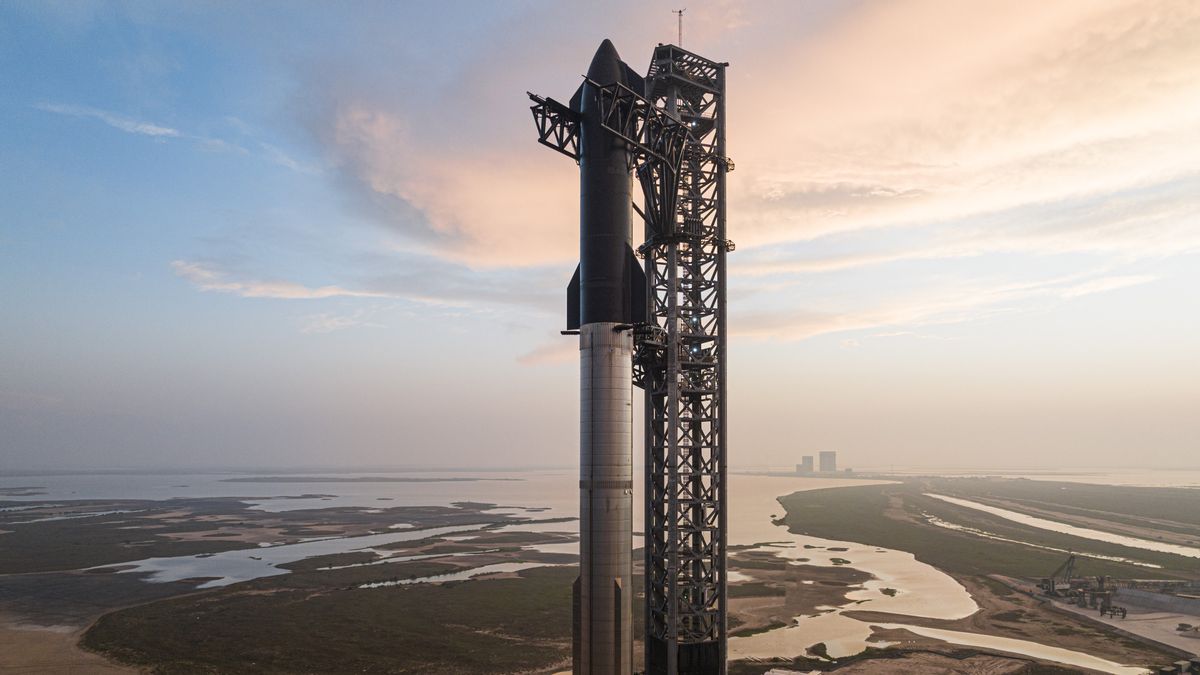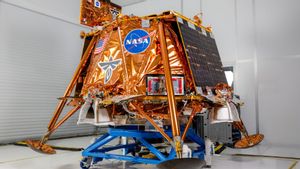Elon Musk's SpaceX canceled the inaugural launch of the Starship, which had just been combined with its Super Heavy rocket in the last minute due to a frozen valve, delaying unmanned test flights for at least two days.
The two-stage rocket, which is higher than the Statue of Liberty with an altitude of 394 feet (120 m), was originally scheduled to launch from the SpaceX "Starbase" facility in Boca Chica, Texas, during a two-hour launch window starting at 8 am US time. East (12:00 GMT).
However, the California-based space company announced in a live web broadcast that it canceled its 90-minute planned flight into space for at least 48 hours, citing a frozen thrust valve in the lower rocket booster. This makes Wednesday 19 April the next launch window for the mission.
Learned a lot today, now offloading propellant, retrying in a few days …
— Elon Musk (@elonmusk) April 17, 2023
Quoted from Reuters, SpaceX officials in a web broadcast said the ground team would continue refueling rockets before a countdown on Monday, turning canceled launch attempts into "wet training" for further efforts.
Musk, the company's billionaire billionaire founder and chief executive officer (CEO), told his personal Twitter audience on Sunday night that the mission was likely more likely to be canceled than to launch on Monday, April 17.
Carrying a vehicle into space for the first time will be an important milestone in SpaceX's ambition to send humans back to the moon and eventually to Mars - at least initially as part of NASA's new human spaceflight program, Artemis.
Successful inaugural flights will also soon place the Starship system as the strongest launch vehicle on Earth.
Both the lower-stage Super Heavy booster and the upper-stage Starship spacecraft to be transported into space are designed as reusable components, capable of flying back to Earth to land gently - a maneuver that has become routine for SpaceX's smaller Falcon 9 rocket.
But those stages will not be restored for the first test flight into unusable space. On the other hand, both parts of the aircraft will end their maiden flight by landing at sea - the upper stage of Starship down in the Pacific after reaching nearly one Earth's full orbit.
Cruise ship prototype Starship has made five sub-angle flights up to 6 miles (10 km) above Earth in recent years, but the Super Heavy booster has never left the ground.
The English, Chinese, Japanese, Arabic, and French versions are automatically generated by the AI. So there may still be inaccuracies in translating, please always see Indonesian as our main language. (system supported by DigitalSiber.id)













